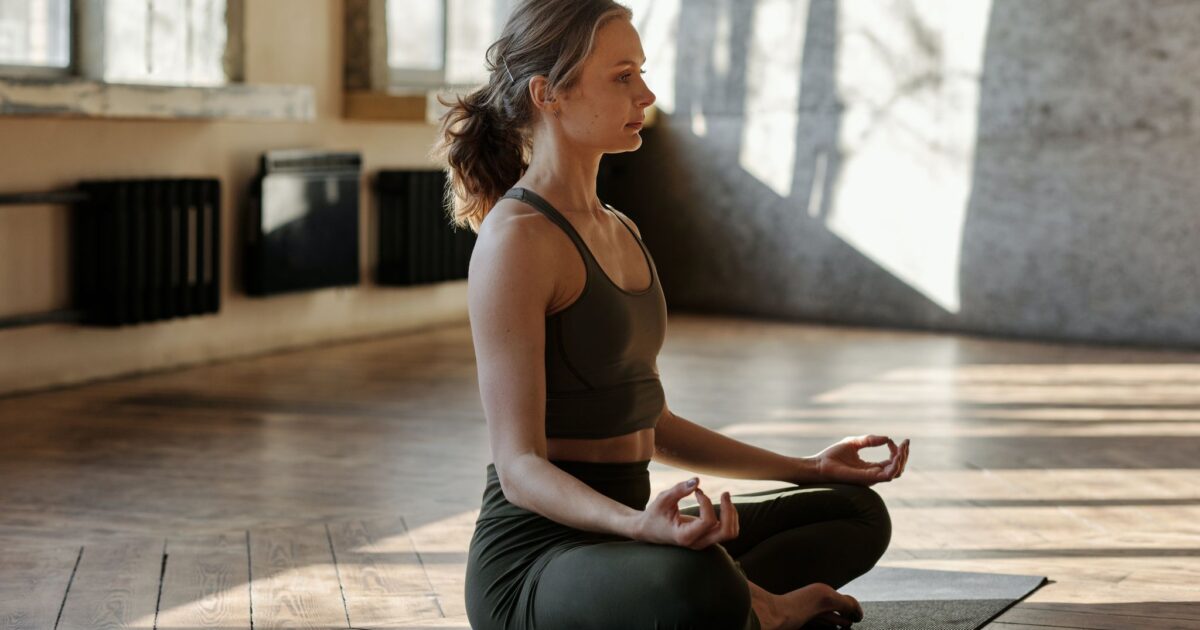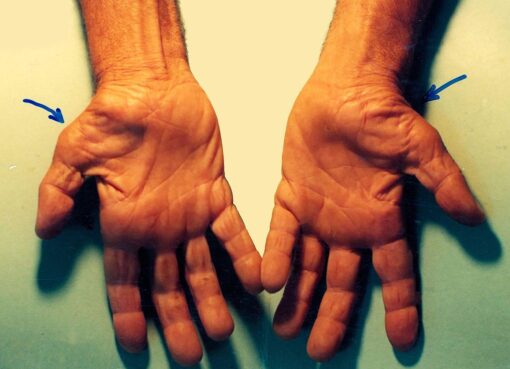According to Tantric Hinduism, there are a total of six chakras, or spinning energy wheels, located throughout the body. The chakras act as portals to the worlds of healing, satisfaction, and enlightenment. Therefore, one suffers anguish or disease when they get obstructed or unbalanced. If you find yourself in this position, it’s crucial that you learn how to clear your chakras. This chakra realignment is the focus of the ancient practice of Kundalini yoga. Moving with awareness and purpose clears the chakras, allowing energy to flow more freely and fostering a feeling of calm and serenity inside.
The seven chakras, or energy centers, in the body are the current focal point for yogis. The basic idea is the same, even in this new context. The yogini brings together their aspirations, physiological demands, and intuition through supporting the flow of healing energy throughout the body. Sadly, the contemporary world puts numerous wrenches into this delicate system of spinning wheels. In today’s world, a healthy body and mind are impossible without regular yoga practice. Look at the ways on how to open chakras:
Virabhadrasana, the Warrior Pose
The warrior position awakens one’s inner strength by integrating the complete body. Energy flows across opposing forces in this dynamic standing stance. By centering one’s attention on one’s connection to the ground, Virabhadrasana helps to realign one’s root chakra. As the crown of the head opens, one feels more wise and connected, and this in turn enhances the heart chakra.
Camel Pose (Ustrasana)
While striking a camel position may seem relaxed, it is really rather active. The Heart Chakra is stimulated by this mild backbend. Sacral and Root Chakras are activated as a result of gluteal activation. Therefore, the practitioner may overcome their creative and emotional blockages without losing their footing. The camel stance is great for regaining composure and lightheartedness.
The Boat Pose, or Navasana
Having your abs, quads, and latissimus dorsi all working in unison is essential for a successful boat position. As a result, Navasana opens the third eye, root, and heart chakras. When in boat position, one feels strong, capable, and bold. When the solar plexus is allowed to turn freely, a confident yet modest sense of self is developed.
Tree Pose (Vrksasana)
When you strike the tree posture, it’s as if your roots are sinking deep into the earth. Having the Muladhara chakra in check is a natural consequence. It’s also important to contract the abdominals, which will activate the solar plexus and channel the Earth’s energy to the head. A person may regain composure, strength, and clarity in the tree posture.
The Corpse Pose, or Savasana
Savasana is the last resting posture in a yoga practice, and it is excellent for letting go of stress, re-establishing a connection to the breath, and opening the chakras. The seven chakras are brought into harmony and balance, and one has a sensation of both grounded and floating.
In conclusion, yoga has several positive effects, including boosting energy and relieving stress. However, rebalancing and aligning the chakras is one of its most significant results. In Kundalini theory, the chakras function like the gears of an eternal motion machine, always releasing and recharging energy.
Conclusion
The energy of the Universe must be channeled gently throughout the body in order for one’s wishes and intuition to flourish. Vinyasa is only one of many types of yoga that emphasizes the development of this flow in the hopes that it would bring about an internal healing in the practitioner. Smooth transitions between the traditional postures are encouraged, and practitioners may also hold positions to activate the chakras and Zuda Yoga can help you with this. As long as people are in tune with their bodies, these motions may help clear energy blocks and balance the chakras, leading to improved health and vitality.





